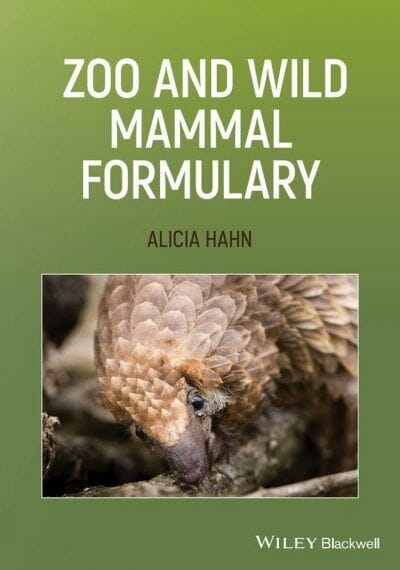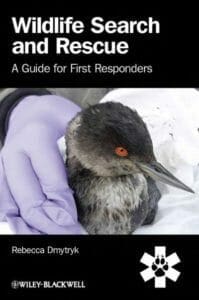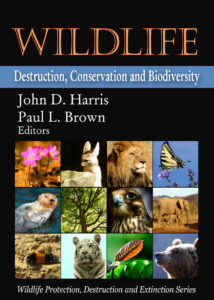
By John D. Harris and Paul L. Brown
Wildlife: Destruction, Conservation and Biodiversity PDF. Wildlife includes all non-domesticated plants, animals, and other organisms. Domesticating wild plant and animal species for human benefit has occurred many times all over the planet, and has a major impact on the environment, both positive and negative. Wildlife can be found in all ecosystems, Deserts, rain forests, plains, and other areas — including the most developed urban sites — all have distinct forms of wildlife. While the term in popular culture usually refers to animals that are untouched by human factors, most scientists agree that wildlife around the world is impacted by human activities. This book examines the destruction, conservation and biodiversity of wildlife.

| File Size | 7.3 MB |
| File Format | |
| Download link | Free Download | Become a Premium, Lifetime Deal |
| Updates & Support | Join Telegram Channel To Get New Updates | Broken Link |
| Become a Premium |  |
| More Books: | Browse All Categories |













![Ettinger’s Textbook of Veterinary Internal Medicine 9th Edition [PDF+Videos] Ettinger’s Textbook of Veterinary Internal Medicine 9th Edition [True PDF+Videos]](https://www.vet-ebooks.com/wp-content/uploads/2024/10/ettingers-textbook-of-veterinary-internal-medicine-9th-edition-100x70.jpg)

![Textbook of Veterinary Diagnostic Radiology 8th Edition [PDF+Videos+Quizzes] Thrall’s Textbook of Veterinary Diagnostic Radiology, 8th edition PDF](https://www.vet-ebooks.com/wp-content/uploads/2019/09/textbook-of-veterinary-diagnostic-radiology-8th-edition-100x70.jpg)






